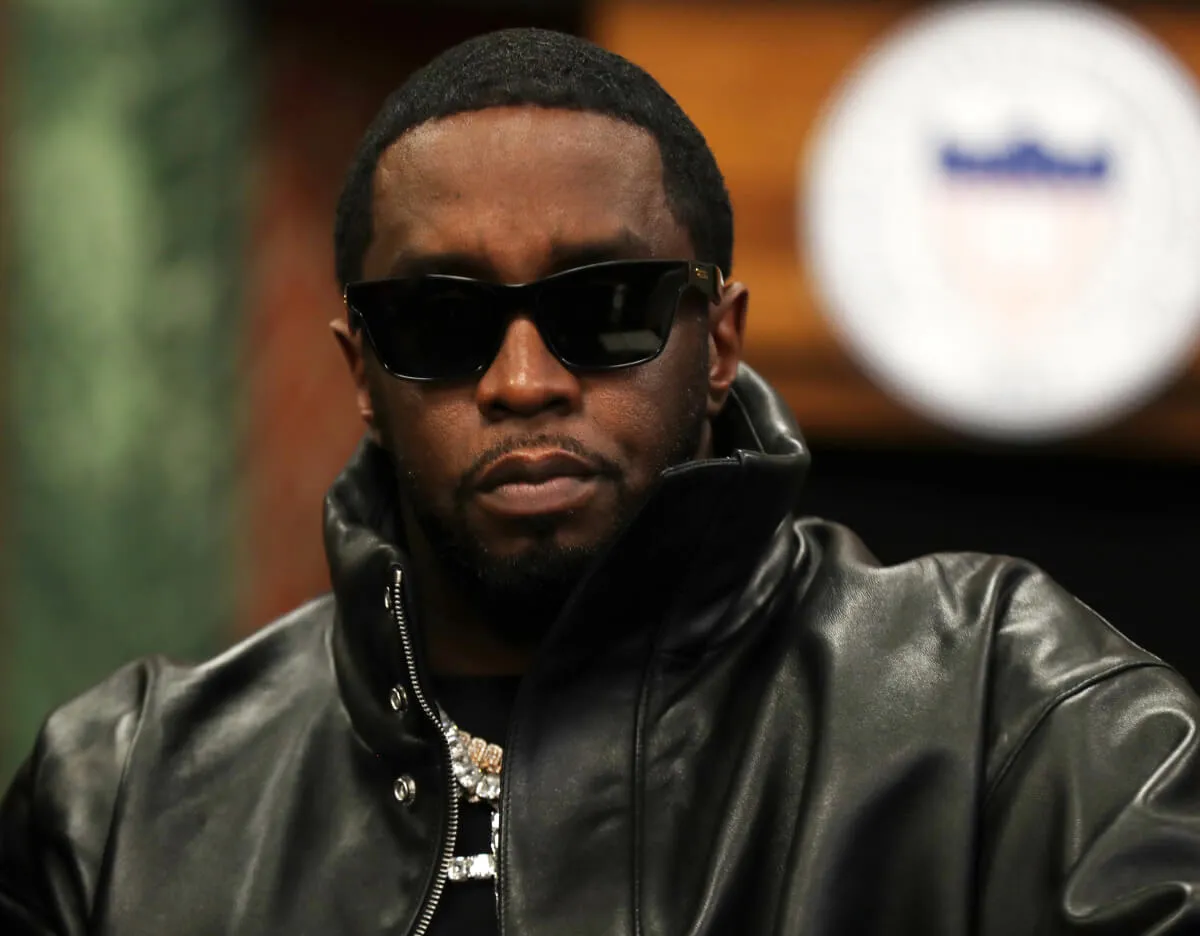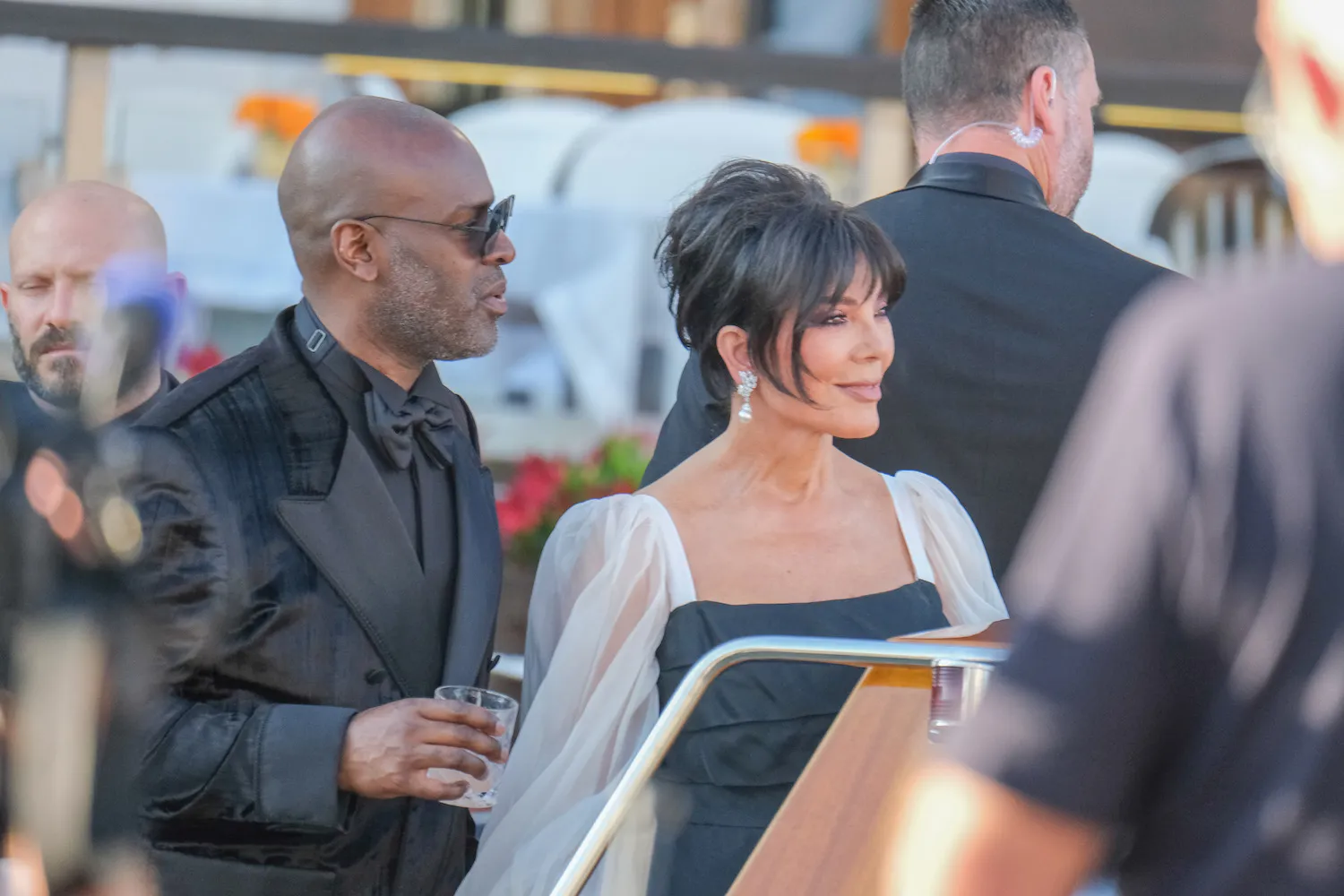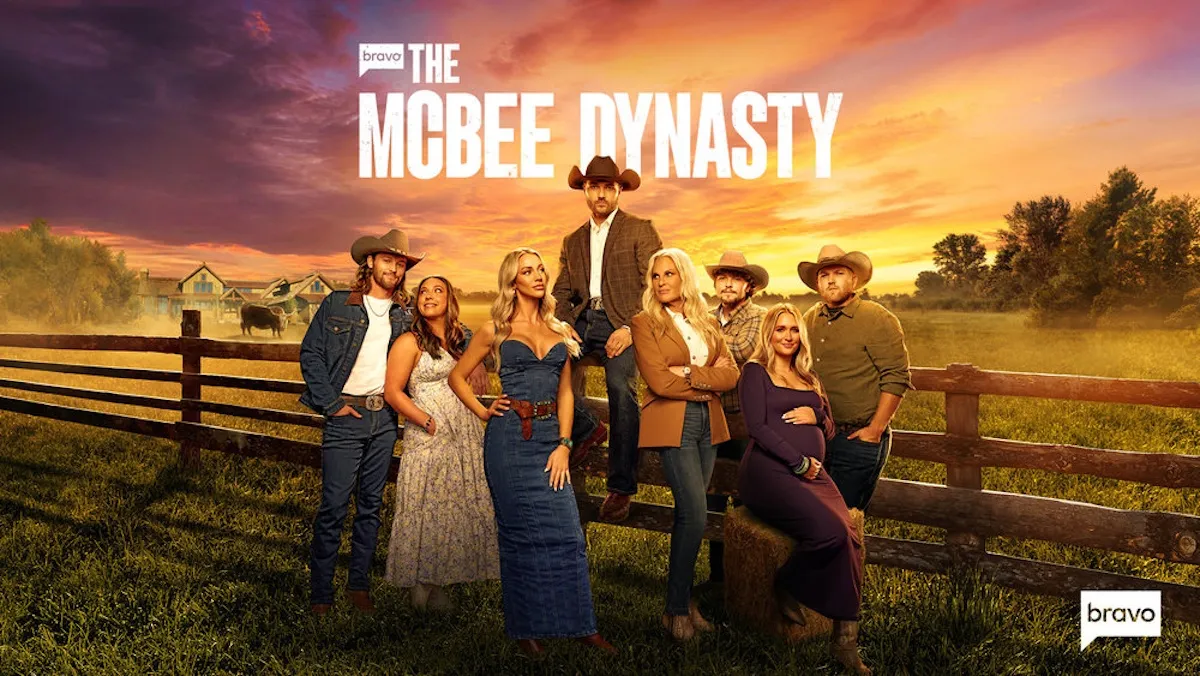How Rage Against the Machine Dropped a Little Led Zeppelin Into ‘Killing in the Name’
If you were into rap and alternative rock, you had it good in the ’90s. Starting in 1991, you got an annual showcase in the form of Lollapalooza. Any given summer, you might catch the Red Hot Chili Peppers, Ice Cube, Soundgarden, Stone Temple Pilots, and Cypress Hill on the same bill.
In 1992, Lollapalooza began welcoming Rage Against the Machine — a band that blended rap and heavy rock — to the fold. With politically charged tracks such as “Bullet in the Head” and “Killing in the Name” on its setlist, RATM was hard to top at a packed outdoor concert. (This was the year of the L.A. riots.)
As Rage guitarist Tom Morello later told triple j, what “Killing in the Name” does to crowds should be pictured in the dictionary under the word “apesh*t.” “When we play that song live, I’ve really seen nothing like it,” Morello said. Specifically, Morello was referring to the final “F*ck you, I won’t do what you tell me” chorus.
In 2020, that phrase once again became a rallying cry for protesters in Portland facing down federal law enforcement agents. Speaking with Rolling Stone, Morello said he was proud “Killing in the Name” has fueled protests across the country. And Morello spoke of how, while writing the signature riff, a little Led Zeppelin found its way into the classic track.
Tom Morello came up with the main ‘Killing in the Name’ riff while teaching a guitar lesson
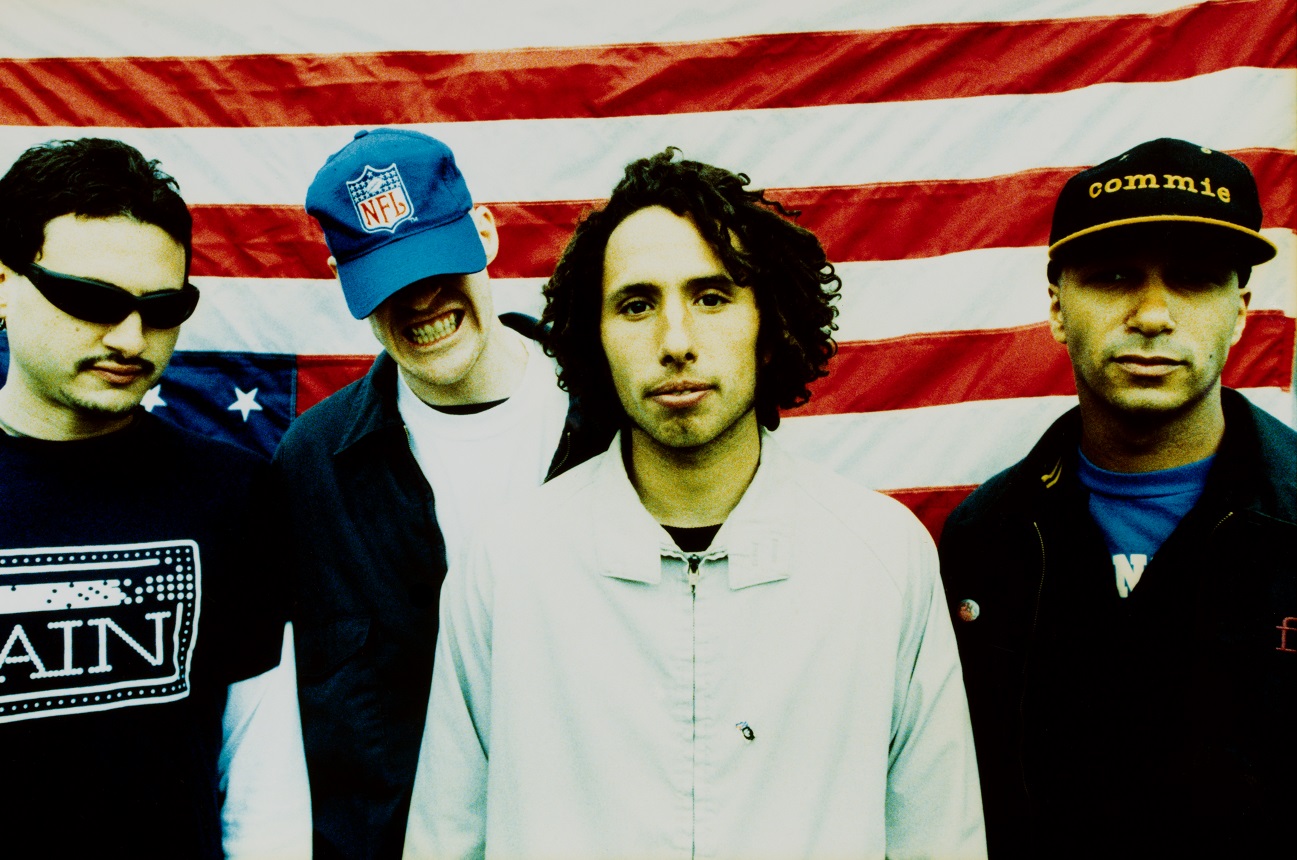
As the origin stories of songs go, “Killing in the Name” has a lot going for it. Morello said the band wrote the track before it ever performed a gig. “So when we started clobbering people with those riffs and the ‘f*ck you,’ it was exciting from the very beginning,” he told triple j.
Since every song on the first RATM credits all four band members, you might wonder who wrote what. Morello has cleared that part up by describing how he wrote the track’s killer hook. It all started at a guitar lesson he was giving around that time (circa 1991).
“I was showing [a student] how to do a drop D tuning,” Morello told Rolling Stone. “I was like, ‘When you play drop D tuning, it sort of suggests different patterns to your fingers.’ And the first pattern I played was [hums the main ‘Killing in the Name’ riff].”
Right away, he knew he had something. So he called a time-out on the lesson and made a quick recording of the riff to listen to later. Once he worked out the arrangement and shared it with his bandmates, it took its final shape. And that included the “Now you do what they told ya” breaks Morello said bear Zeppelin’s influence.
Morello said the stop-start breaks were ‘a bit of a lift’ from Led Zeppelin’s debut
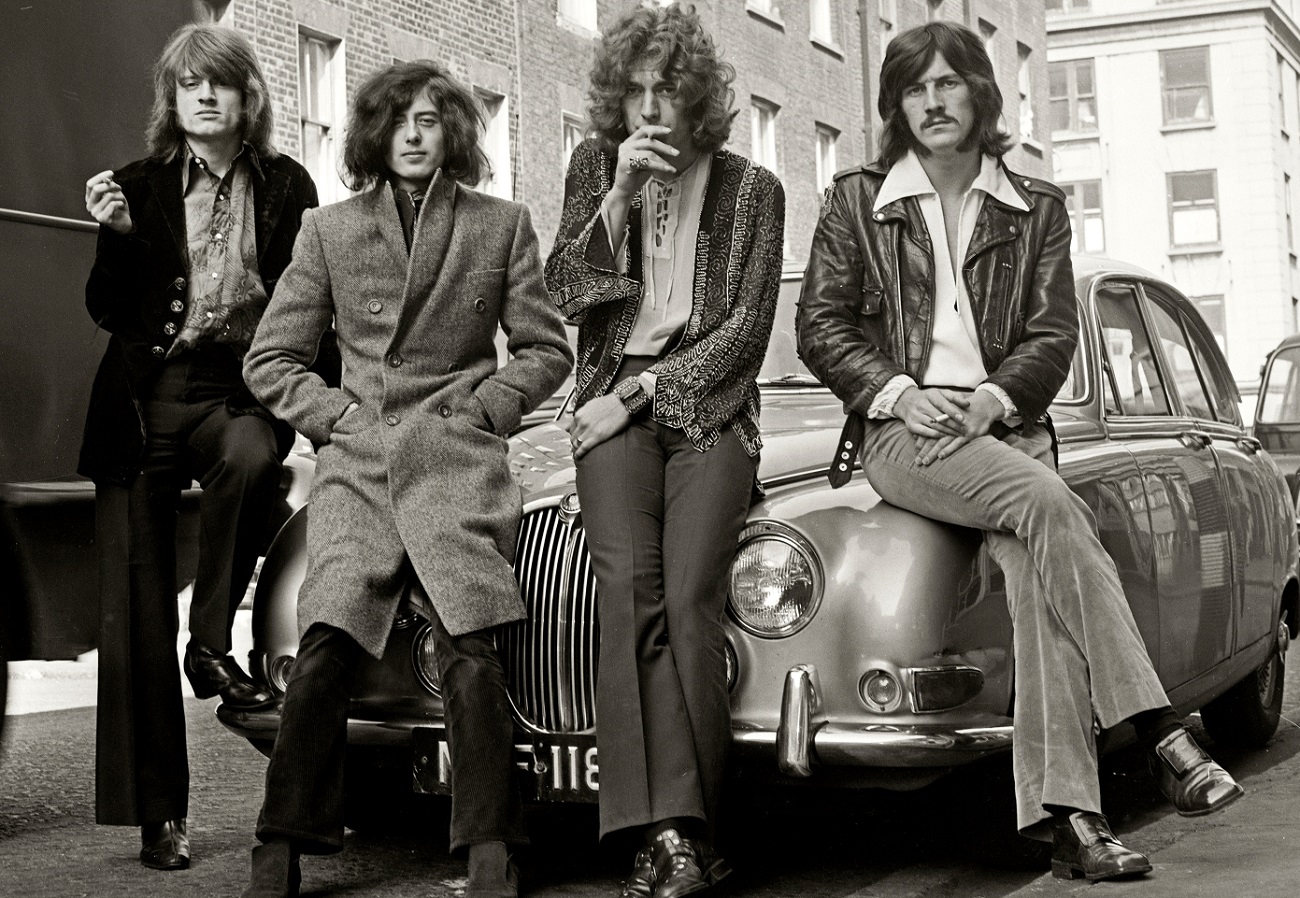
One great thing about the alt-rock bands of the ’90s was their links to the giants of the classic rock era. In tracks by Jane’s Addiction and Mazzy Star, you could hear traces of The Velvet Underground and Zeppelin. And Morello definitely brought the guitar swagger Jimmy Page has talked about to his RATM work.
In “Killing in the Name,” Morello said there was a direct Zep reference. But he called it more than a reference. “The ‘dun-ut-dunt’ part [between which you hear ‘Now they do what they told ya’] was a bit of a lift from Zeppelin’s ‘Good Times Bad Times,'” Morello told Rolling Stone.
Morello recalled a close contact at the label asking he band to take the “dun-ut-dunt” sections out of the song. “I think he heard ‘hit single’ — as long as it doesn’t have that crazy part where it just stops a lot.” Looking back, Morello was glad they kept it in the track. “I think history has borne that out,” he said of the decision for it to stay.
